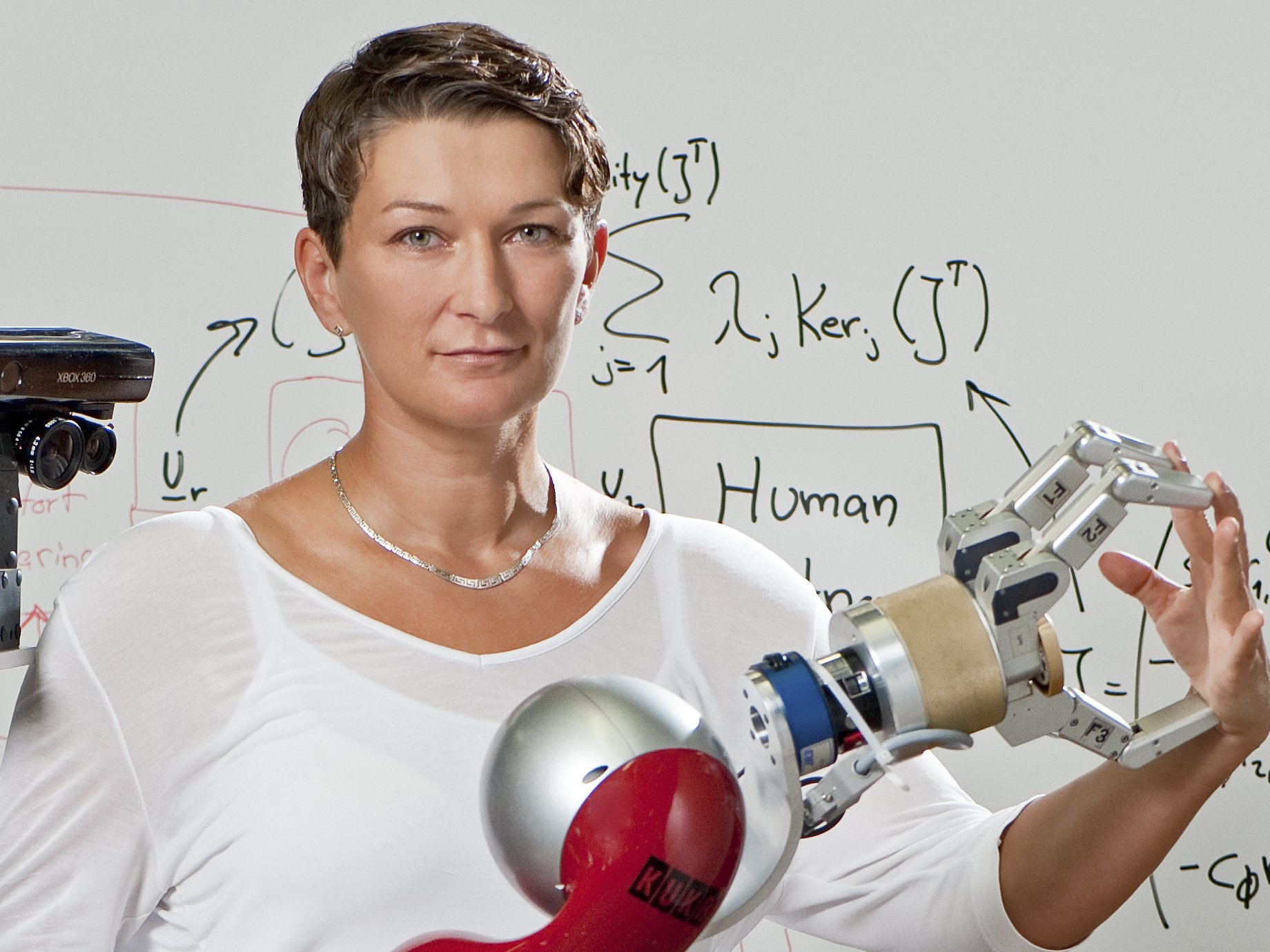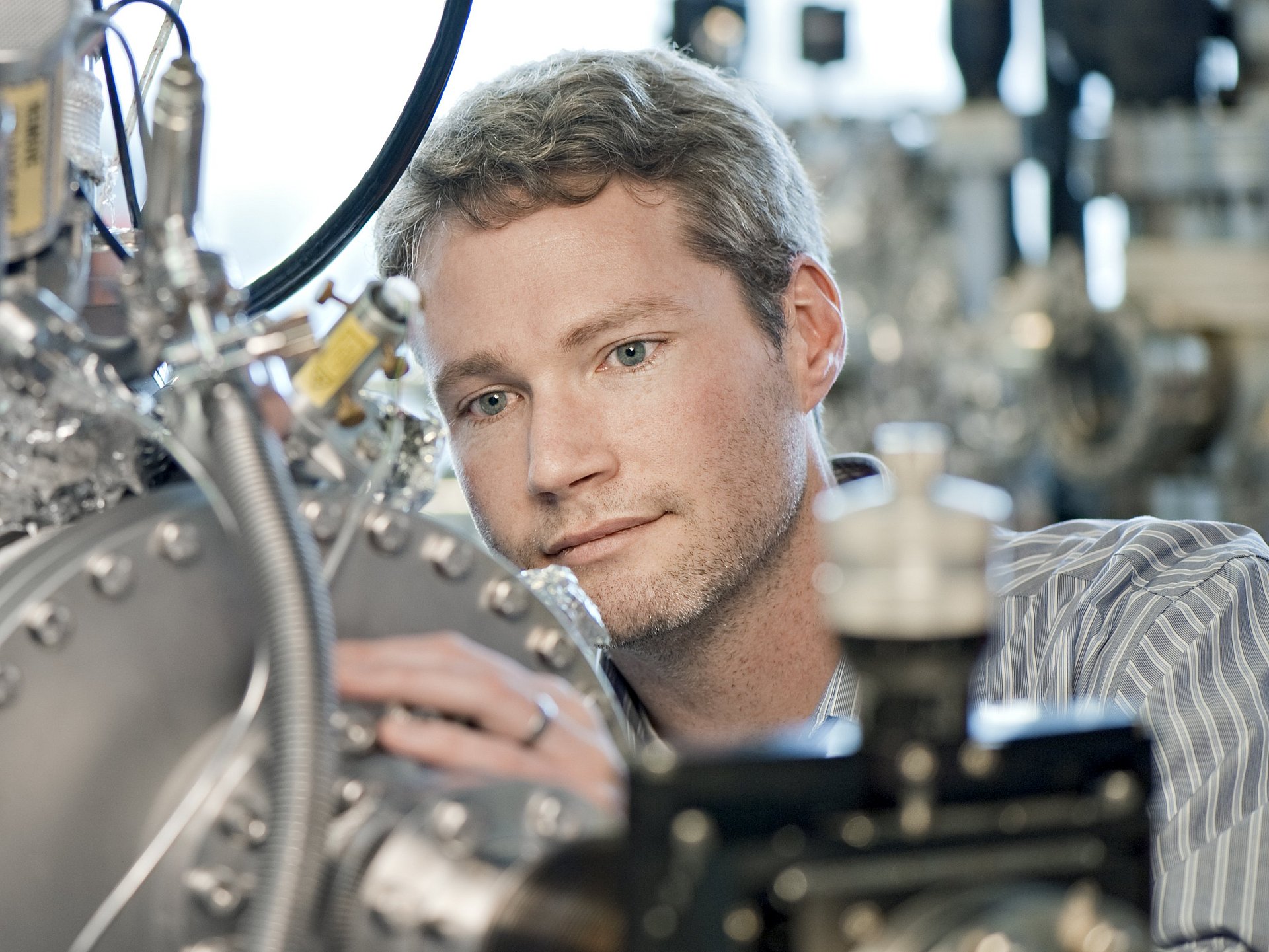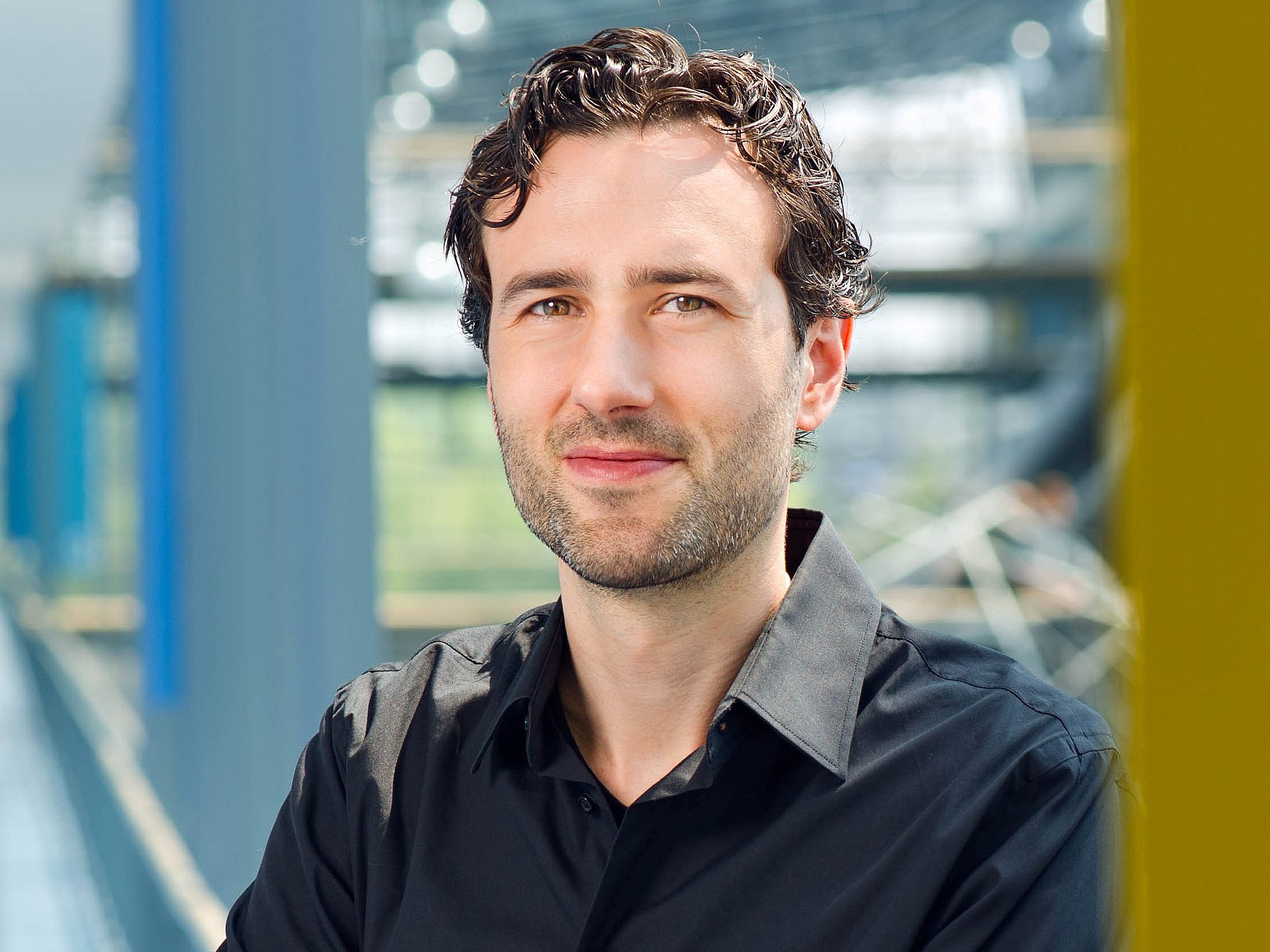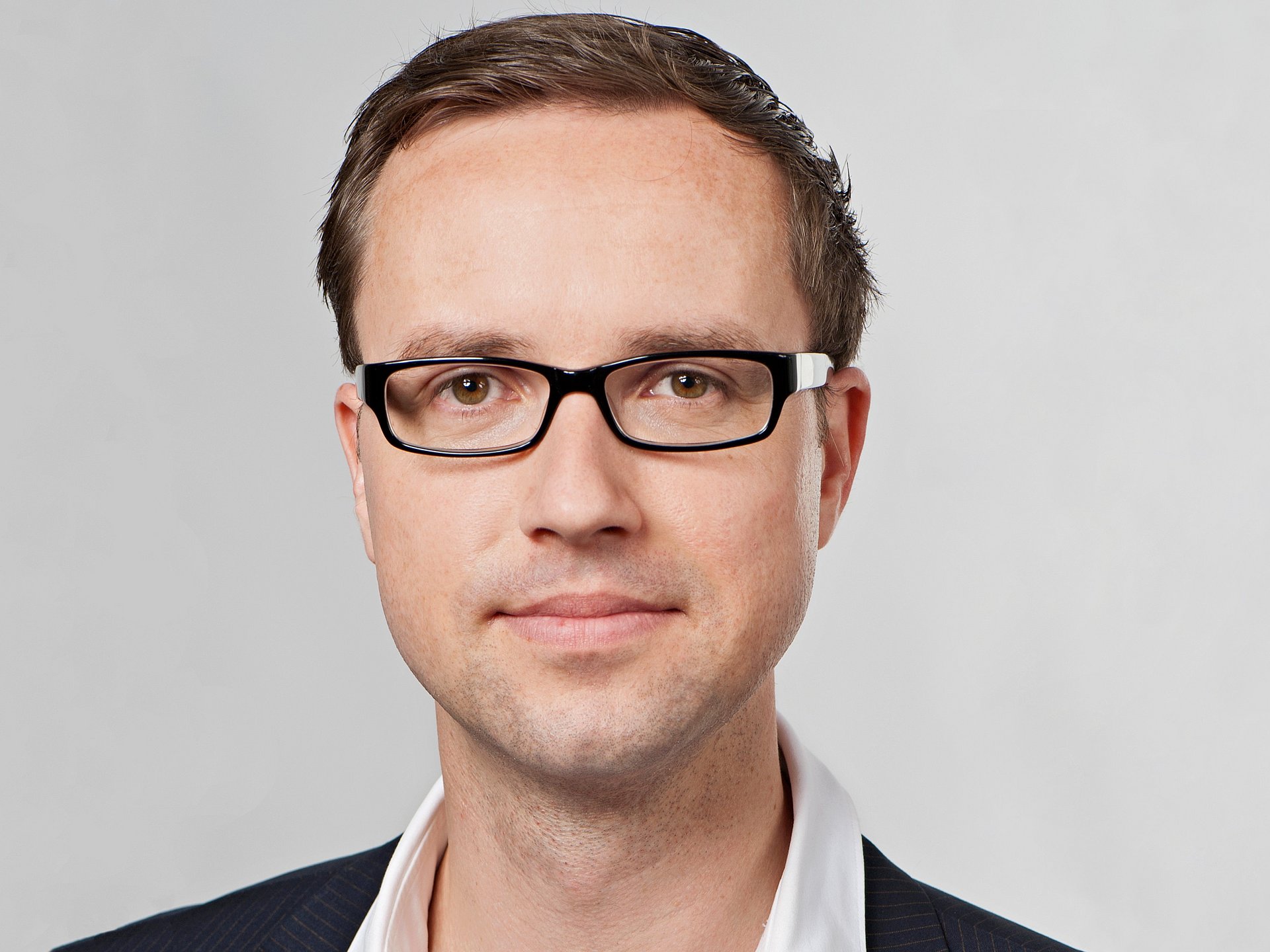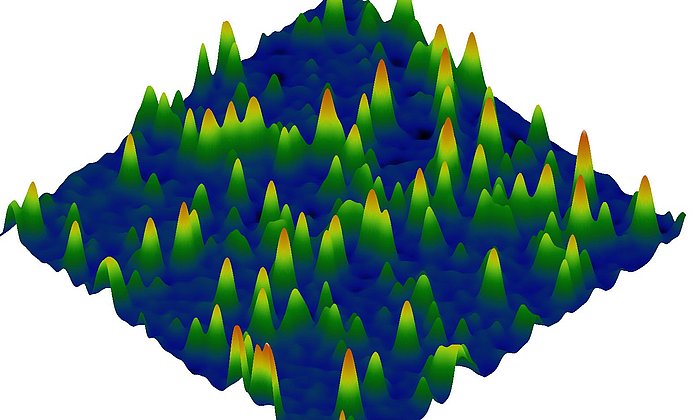Imaging. Robotics. Simulations. Solar cells: EU to fund four research projects
ERC Consolidator Grants awarded
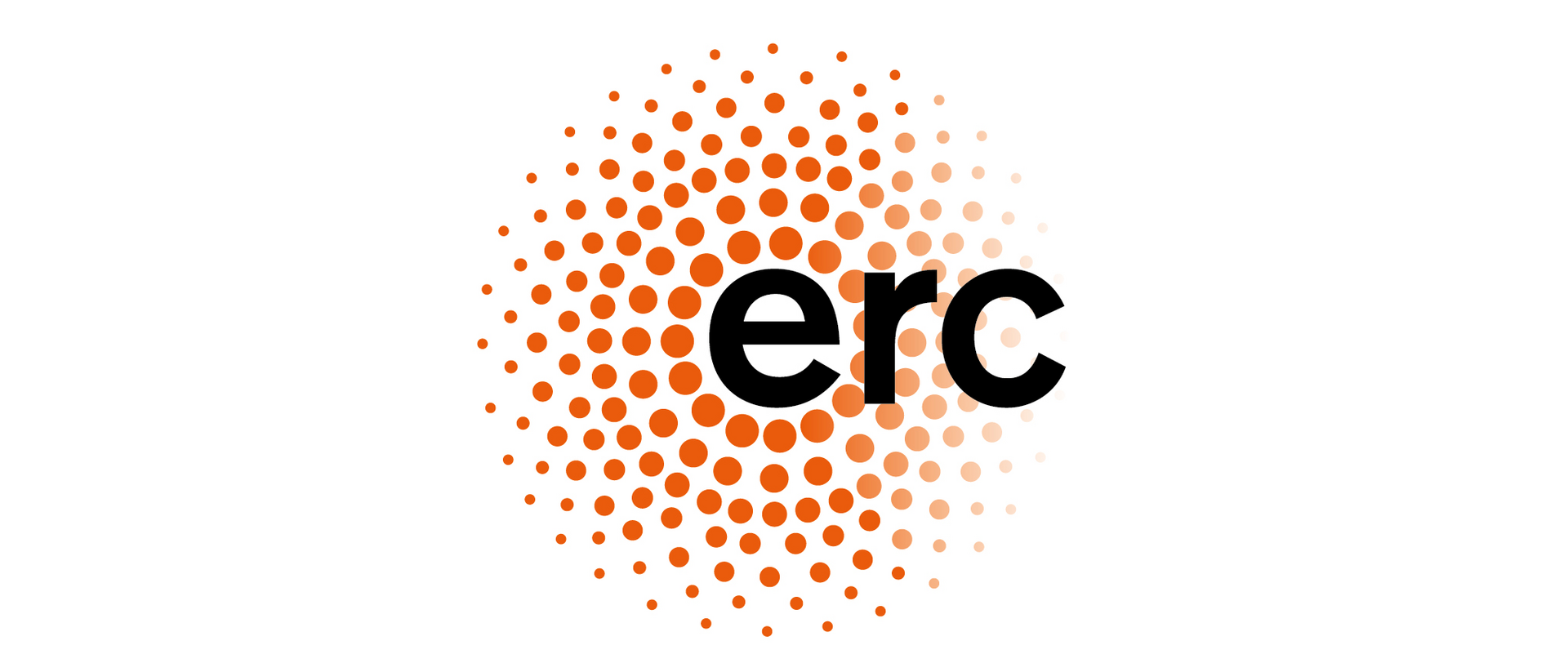
The prestigious ERC Grants are awarded in various categories. ERC Consolidator Grants are open to researchers with between seven and 12 years' experience since completion of a doctorate. The projects can receive up to 2 million euros in funding. The four announced awards brings the number of ERC Grants obtained by TUM scientists to a total of 121.
Prof. Dr.-Ing. Sandra Hirche (Electrical and Computer Engineering)
Control engineering is the basis for controlling modern autonomous systems – from heating to robots: Control rules decide how a system will follow an instruction, reacts to unforeseen influences and ensures that its function is performed reliably. In safety-critical applications, a mathematical proof of the reliability of the control system is indispensable. This can be carried out using as exact a model as possible. That approach meets its limits, however, in complex systems that are not easily modeled. Machine learning appears promising for modelling these systems, but does not provide provable guarantees. In her CO-MAN project, Prof. Sandra Hirche aims to combine both methods and develop an approach suitable for systems where safety and adaptability are paramount, for example when people interact closely with machines. Prof. Hirche plans to test this approach on the basis of two real-world cases: Systems for the diagnostic support of Parkinson's patients and robot-guided rehabilitation systems.
Sandra Hirche is Professor of Information-oriented Control. Her research has previously been funded under an ERC Starting Grant.
Prof. Dr. Ian Sharp (Physics)
A major challenge with classic photovoltaics is that the energy cannot be easily stored at large scale. Prof. Ian Sharp seeks to develop systems that are able to efficiently store solar energy chemically. Materials for such transformations must be able to transfer the absorbed energy efficiently while remaining stable even under aggressive reaction conditions. Transition metal nitride semiconductors may be highly suitable for meeting this challenge, but have not been investigated in detail. With his project SECANS Ian Sharp now wants to close this gap. Combining advanced methods of semiconductor deposition and interface engineering he aims to create “artificial photosystems.” State-of-the-art spectroscopic techniques will be used to study photochemical stability, mechanisms of energy conversion, and the role of defects and perturbations. The goal is to produce novel nitride semiconductors with self-healing interfaces that can efficiently convert solar energy into chemical energy.
Ian Sharp is Professor of Experimental Semiconductor Physics.
Prof. Dr. Nils Thuerey (Informatics)
The goal of Prof. Nils Thuerey's "SpaTe" project is to teach physics to computers – using data and examples rather than the conventional equation-based method. Software that predicts how gases, liquids and solids change shape under certain conditions and over a certain period is used in an enormous number of industries and research projects. So far, these programs have required enormous processing power. Machine learning has the potential for flexible and realistic modelling of temporal processes. Very little research has taken place in this area, however. In his project, Prof. Nils Thuerey wants to develop new algorithms to put machine learning to use in physical simulations. In the future this might make it possible, for example, to detect automatically from video data which physical materials are present and analyze their behavior.
Nils Thuerey is Professor of Physics-based Simulation. For his research he has previously received an ERC Starting Grant and Proof of Concept Grant.
Prof. Dr. Gil Westmeyer (Medicine)
Brains consist of branched networks of nerve cells. Information here moves in a similarly complex way as commuters in a road network do. In his EMcapsulins project, Prof. Gil Westmeyer is developing biotechnological methods that will help us better understand how neuronal networks process and store information. Electron microscopy (EM) already provides the detailed anatomy of nerve cell networks, i.e. a static map of the “road network”. However, EM has not yet provided any information on the molecular activation patterns, i.e. “traffic flows”.
In his ERC-funded project, Prof. Westmeyer will place genetically encoded markers in nerve cells that visualise the molecular states of neurones directly in the EM in multiple colours. These functional EM maps can provide new insights into the cellular mechanisms of neuronal information processing and into how they are disturbed in neuropsychiatric diseases.
Gil Westmeyer is Professor of Molecular Imaging. His research was previously funded with an ERC Starting Grant.
Technical University of Munich
Corporate Communications Center
- Paul Hellmich
- paul.hellmich@tum.de
- presse@tum.de
- Teamwebsite
